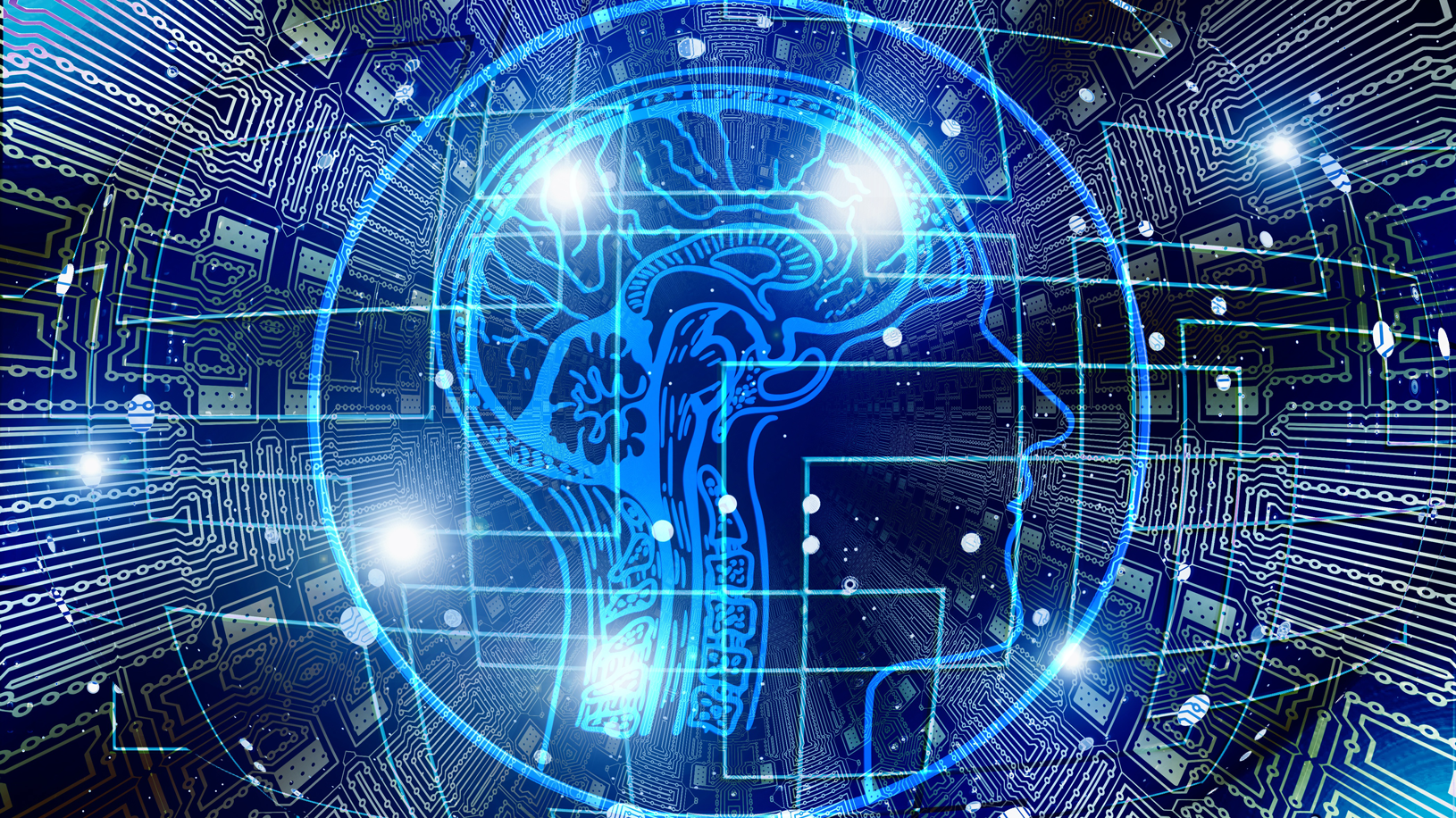
What is Bias in AI?
Related Content



GRADE LEVEL: High School
COMMON CORE STANDARDS: Reading, Writing, Speaking & Listening, Language
SEL STANDARDS*: Self Awareness, Social Awareness, Relationship Skills, Responsible Decision-Making
AI Becoming Part of Our Everyday Lives
In recent years, AI (Artificial Intelligence) has increasingly become part of our lives. AI is when a computer is able to perform tasks that normally a human would perform; the computer is basically teaching itself or programming itself to do tasks. Impacting many sectors and aspects of life, AI is used in medicine, healthcare, transportation, science, education/schools, the military, robotics, finance, agriculture, art, entertainment, social media, law enforcement, customer service, manufacturing, and more. With it, AI brings both risks (harm) and rewards (help). One of the risks and potential dangers of artificial intelligent technologies is the bias that is both embedded into and perpetuated by AI.
About the Lesson Plan
This two-part lesson provides an opportunity for students to understand what AI is and how we use AI in our lives, reflect on the possible risks and rewards of AI, consider how bias can take place in AI and explore possible guidelines and guardrails to maximize how AI can be used with minimal bias or harm.
Learning Objectives:
-
Students will understand what artificial intelligence is and how it currently operates.
-
Students will reflect on their experiences with artificial intelligence.
-
Students will identify the rewards and benefits of AI and will consider the potential harm/risk and bias of AI.
-
Students will share and learn about examples where bias shows up in AI.
-
Students will consider potential guidelines and guardrails to make AI less biased, less harmful and more responsible for its users and society.
What is Bias in AI?
* Based on CASEL's SEL Framework









